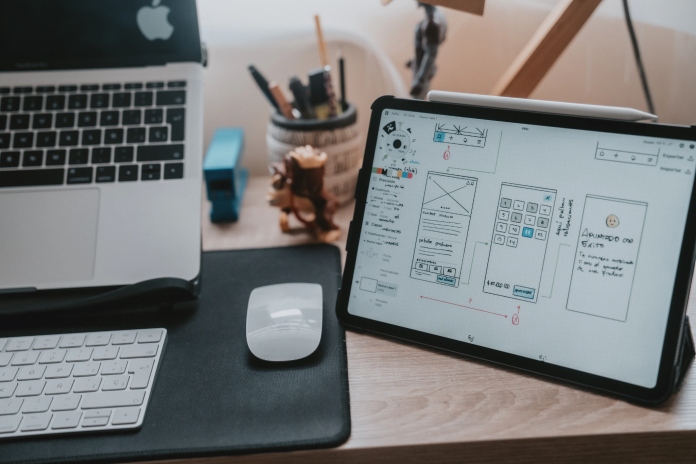UX design (user experience) is created to make interaction with websites and applications easier. It should be easy for consumers to add a product to their cart, find a movie they want, or find out the price of a hotel room. To make it convenient for the user, it is necessary to give him the opportunity to perform the same type of actions.
Competition for user attention in today’s digital world is intense. In addition, the designer’s goal is not only to attract the attention of potential clients, but also to retain it, and this is much more difficult.
The attractive design is reminiscent of music. The correct use of UX design tools is like conducting an orchestra, where the control of attention is the accompanist. However, the only way to create a masterpiece is to achieve a harmonious sound from all instruments.
Managing Cognitive Load
Designers aim to structure content by removing or hiding irrelevant data, removing insufficient graphic components, and making the text contrasting and legible.
At crucial points, cognitive load should be raised. This can be fresh product information and benefits, or storytelling, animation, pictures, or videos. We expect that the user will get all of the necessary information about the product, as well as become convinced of its reliability and high-quality.
Memory Management
Many designers don’t even realise that they can influence how people remember content. Those who work on user retention understand this better.
Our short-term memory stores information for only 20 seconds. This time is enough for the brain to perceive from seven to nine elements. But they will soon be forgotten if we do not pay attention to them again. Information that is repeated more than once moves from short-term memory to long-term memory.
This feature of human memory is often used by the creators of mobile applications by adding repeating loops to them. If you want users to remember information presented in a visual form, you need to make sure that their attention is constantly returned to it.
If it’s not possible to create a loop, the best solution is to use repeating elements or parts of elements, visual rhythm, and scaling. The likelihood of a product being remembered increases when a person is constantly exposed to it on social media or advertising: the more ubiquitous a design is, the better it is remembered.
Attention Management
The first step in managing users’ attention is to understand what you should show them and where to direct them. You need to set your priorities correctly and determine what is most important and what is secondary when demonstrating a product.
It is not difficult to attract attention, it is much more difficult to keep it. A reliable UX design agency successfully operates this task. After staring at the cool animations, the user may even forget why he came to the site. Beautiful, but non-functional elements only distract. The excess of details, bright colours and tacky illustrations quickly becomes boring.
Desire Management
Of course, marketers usually work with desires. However, don’t underestimate the influence of design in this area. We love with our eyes. A bad design can instantly destroy trust and discourage the user from buying a good product. Conversely, a cool, unique design can make a user buy a product of dubious quality from an unknown manufacturer.
To control the desires of users, the designer must consciously choose visual images. Images can evoke needs or satisfy them. In addition, it may be an image that evokes certain associations and memories.
Conclusion
Designers have a great responsibility in the question of interaction with users. Designers should consciously manage users’ cognitive load, their attention and time, desires and attitudes. When a company values users and values each of them, it creates a more responsible attitude towards the effort, time, money and energy that people spend interacting with the product.














